New work demonstrates the interplay between surface patterns and the wetting properties of a fluid for safer locomotion on wet surfaces.
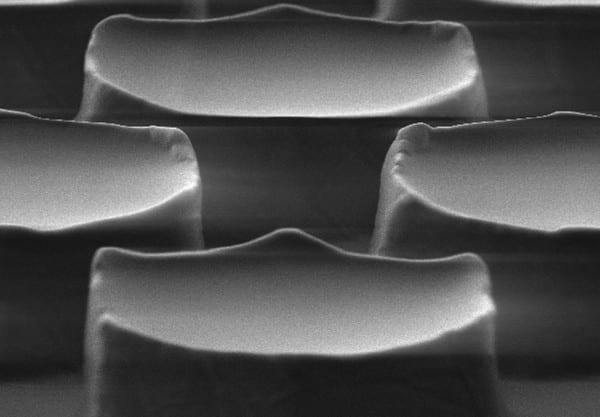

New work demonstrates the interplay between surface patterns and the wetting properties of a fluid for safer locomotion on wet surfaces.

It has been shown that resilin-like polypeptides are a potential material for cardiovascular tissue engineering.
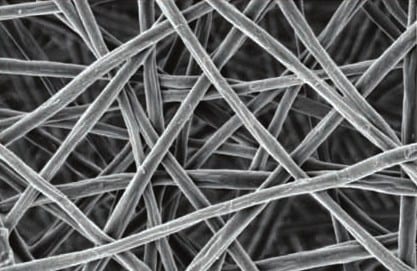
The Helmholtz-University Young Investigators Group has developed a membrane that can be used for filtering small organisms or viruses from water.
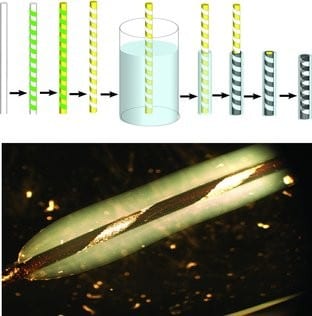
Scientists have developed a novel nerve construct: artificial hybrid conducting polymer-hydrogel conduits are used to repair peripheral nerve gaps.
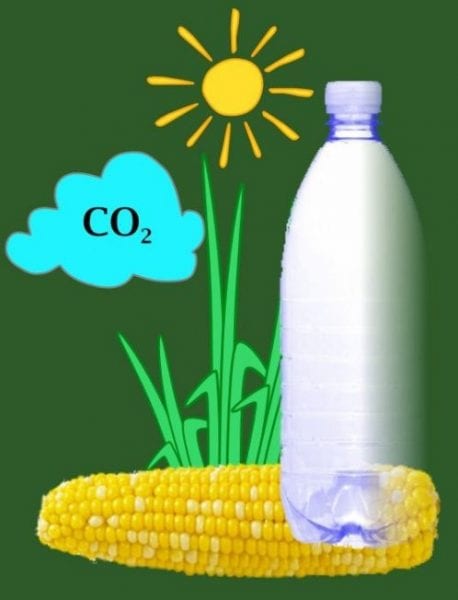
Rolf Mülhaupt investigates the dreams and reality of “green polymer chemistry”.
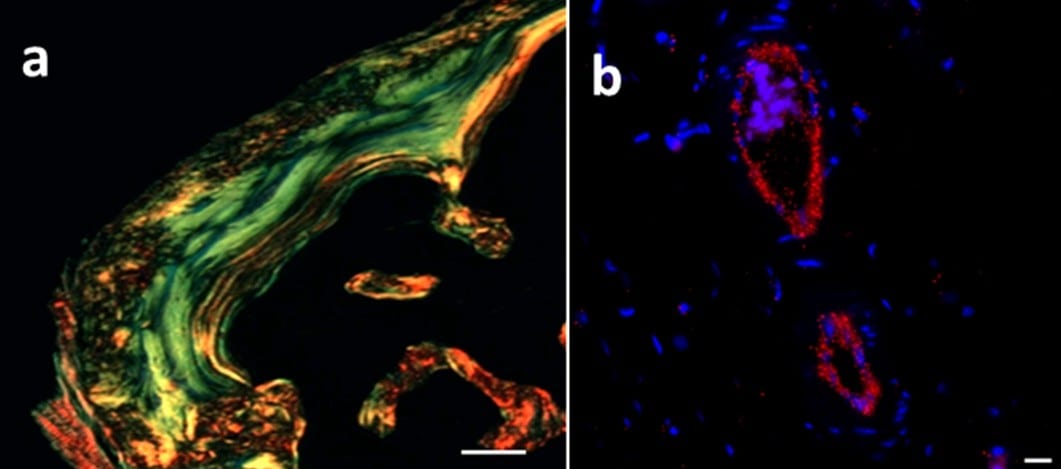
Researchers from Uppsala University highlight a polymer synthesis strategy for biomaterials that could provide a boost for tissue regeneration research.
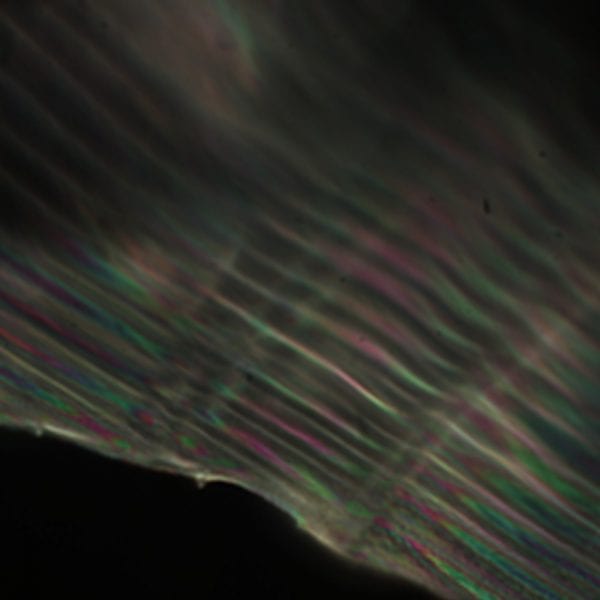
American scientists have harnessed the Hawaiian bobtail squid’s ability to modulate color.
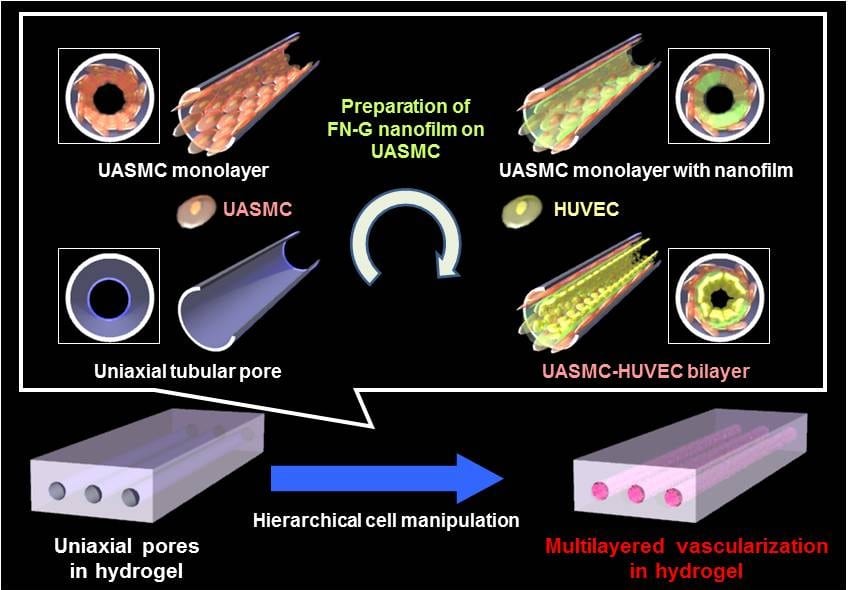
Blood capillary analogues have been developed in a biodegradable hydrogel as a promising platform for in vitro drug testing.
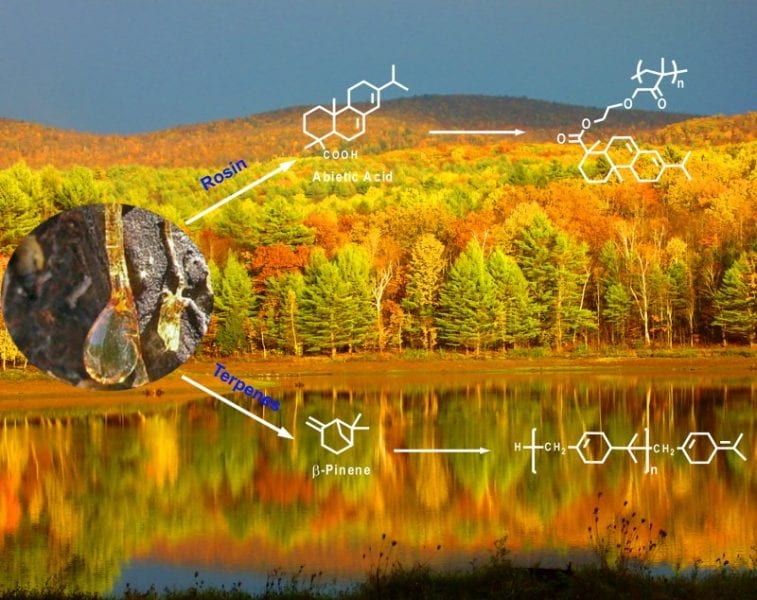
Scientists from the USA and China report on the development of monomers and polymers from terpenes, terpenoids, and rosin.
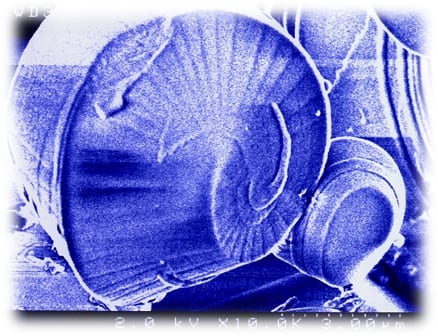
How much does materials science stand to gain from Nature? Professor Ozin gives his take on the progress of biomimetics.